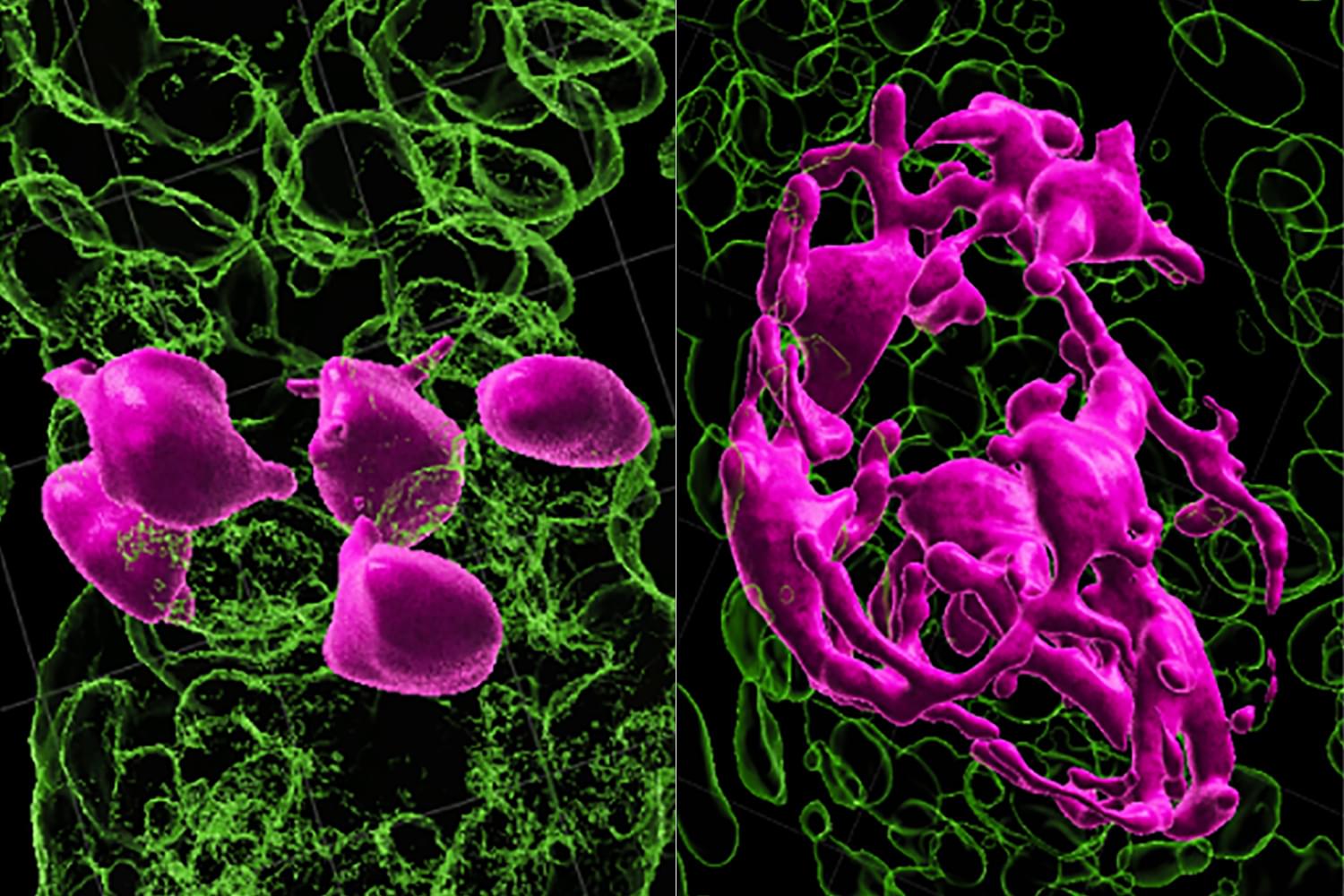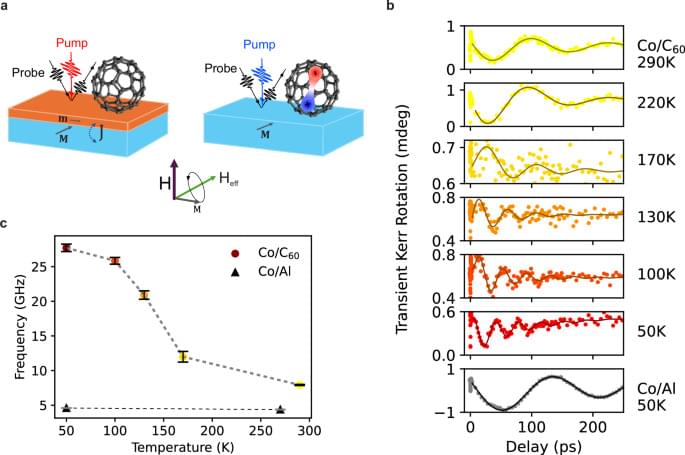Discovered last month by a telescope in Chile, the comet known as 3I-Atlas is only the third known interstellar object to pass our way.
Get the latest international news and world events from around the world.

Study shows people overestimate hill steepness based on their eye level
People’s perceptions of the world are easily impacted by the angle at which they view objects in it, suggests a new study.
This finding, made by researchers from The Ohio State University, was revealed by testing people’s ability to estimate the steepness of a hill. The study, recently published in the journal Perception, showed that most people, regardless of their visual orientation — or line of sight — will consistently overestimate its steepness.
Dennis Shaffer, lead author of the study and a professor of psychology at The Ohio State University’s Mansfield campus, said his team’s research aimed to understand why this may be, as well as how manipulating a person’s gaze might result in notable differences in their perception.

Frustrated by Design: Chemistry Triggers Exotic Electron Behavior in New Quantum Material
In a striking demonstration of how chemical bonding can engineer exotic physics, researchers at Columbia University have discovered that quantum frustration —a key ingredient for superconductivity and other correlated quantum phases—can be induced not just by geometry, but directly through chemistry. The new material, Pd5AlI2, showcases this unusual electron behavior in a two-dimensional crystal structure with orbital configurations that mimic flat-band lattice geometries.

Organic molecule achieves both strong light emission and absorption for displays and imaging
Researchers at Kyushu University have developed a novel organic molecule that simultaneously exhibits two highly sought-after properties: efficient light emission suitable for advanced displays and strong light absorption for deep-tissue bioimaging. This breakthrough addresses a long-standing challenge in molecular design, paving the way for next-generation multifunctional materials.
Their study, published online in the journal Advanced Materials on July 29, 2025, was conducted in collaboration with the National Taipei University of Technology and the National Central University.
Organic light-emitting diodes (OLEDs) are at the forefront of modern display and lighting technologies, powering nearly everything from smartphone screens to large televisions and monitors. A key phenomenon that is actively being researched to enhance OLED efficiency is thermally activated delayed fluorescence (TADF).


The 30-year-old infant: world’s “oldest” baby born from embryo frozen in 1994
No, it’s not a riddle – Thaddeus Daniel Pierce was created when his parents were toddlers, but was born decades later.


Pelage Pharmaceuticals Announces Positive Phase 2a Clinical Trial Results for PP405 in Regenerative Hair Loss Therapy
Clinical validation of stem cell reactivation approach positions Pelage as leader in regenerative medicine and aging
LOS ANGELES—(BUSINESS WIRE)— #HairLoss —Pelage Pharmaceuticals, a clinical-stage regenerative medicine company, today announced positive results from its Phase 2a clinical trial of PP405 — a topical therapy for androgenetic alopecia advancing through the FDA clinical development pathway. PP405 is designed to reactivate dormant hair follicle stem cells, offering a potential first-in-class approach for both men and women experiencing hair loss.

Light-driven modulation of proximity-enhanced functionalities in hybrid nano-scale systems
Advancing quantum information and communication technology requires smaller and faster components with actively controllable functionalities. This work presents an all-optical strategy for dynamically modulating magnetic properties via proximity effects controlled by light. We demonstrate this concept using hybrid nanoscale systems composed of C₆₀ molecules proximitized to a cobalt metallic ferromagnetic surface, where proximity interactions are particularly strong. Our findings show that by inducing excitons in the C60 molecules with resonant ultrashort light pulses, we can significantly modify the interaction at the Cobalt/C60 interface, leading to a remarkable 60% transient shift in the frequency of the Co dipolar ferromagnetic resonance mode. This effect, detected via a specifically designed time-resolved Magneto-Optical Kerr Effect (tr-MOKE) experiment, persists on a timescale of hundreds of picoseconds. Since this frequency shift directly correlates with a transient change in the anisotropy field—an essential parameter for technological applications—our findings establish a new material platform for ultrafast optical control of magnetism at the nanoscale.
Proximity effects in molecule/metal heterostructures offer a promising route to control magnetic properties. Here, the authors report a light-controlled proximity effect at a Co/C₆₀ interface, where laser-induced excitons in C₆₀ alter interfacial interactions, leading to a 60% quenching of the ferromagnetic resonance frequency of Co.